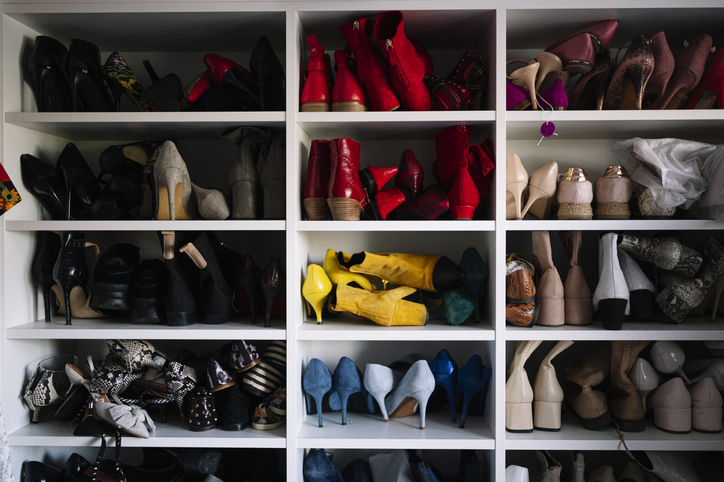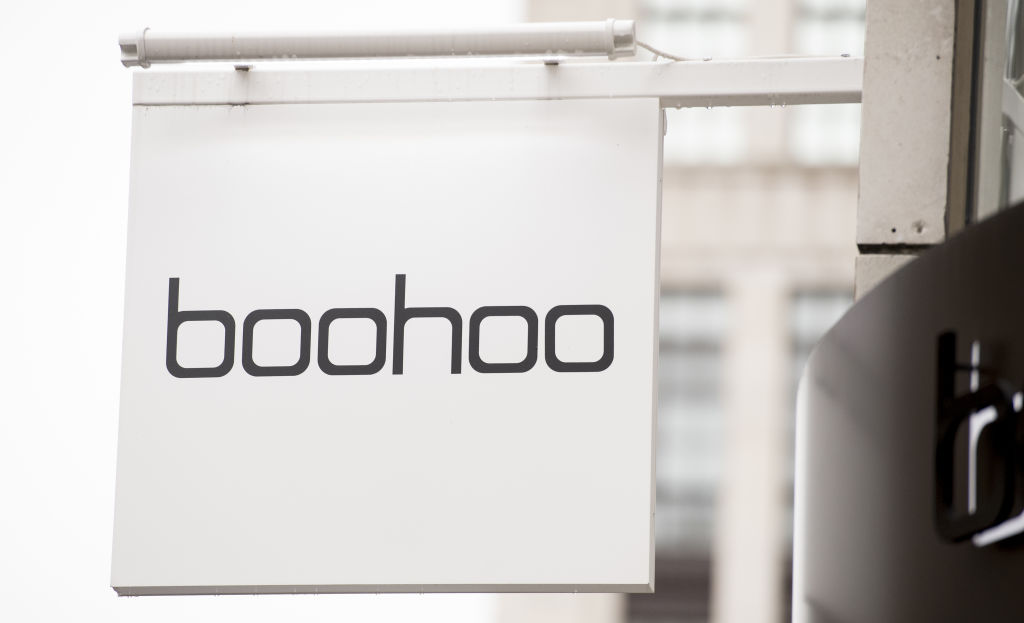Stuck in a wardrobe rut? We’ve been there. But before you go on a wild shopping spree because you have “nothing to wear,” take a long, deep breath. There’s a good chance your closet is frustrating you because you haven’t given it some much-needed attention in a while.
And we get it, with increasingly busy schedules, who among us has the time to regularly maintain our wardrobe? Instead of being overwhelmed, keep this pro tip in mind: give your closet a refresh in the spring and winter seasons to ensure you’ve gotten rid of items that are longer sartorially relevant. If you haven’t worn that sequined jumpsuit in a year or two, it may be safe to donate it or sell it for some quick cash. By getting rid of the old, you’ll have space and extra money to upgrade your style.
If you’re shopping on a tight budget, the key is to get the most bang for your buck. Forget about trendy items that tend to become oversaturated and burn out in a few months, and invest in quality, classic pieces instead. Build your wardrobe on the staples and your style will always look and feel current. Think: black turtlenecks, jeans, blazers, and classic white tees. Throw in some bold accessories for good measure and you’re all set.
Need more tips? By following the steps ahead, you’ll be in a better position to update your wardrobe for cheap and end up with clothes that you’ll be excited to put on in the morning.
1. Toss Out The Old

Source: Westend61 / Getty
It may seem counterintuitive to get rid of clothes when you’re trying to update your wardrobe, but trust us, this step is absolutely necessary if you want a closet that you’ll truly enjoy looking through. Because let’s face it: There’s nothing more irritating than rummaging around a packed closet, pulling out an old shirt from who-knows-when, and asking yourself, “Why am I still holding onto this?”
So, before we get to the fun stuff of where to shop and what to look for, start with what you already have. While a closet cleanout can be overwhelming, it can also reintroduce you to some long-lost gems that you totally forgot about. You might even discover the joy of shopping your own closet. If you tend to hold onto pieces for long periods of time, you may be surprised to find that many of those decades-old items have now come back into style, saving you both time and money.
There are many ways to go about a closet cleanout, but the Marie Kondo method is a surefire way to make sure you cover all your ground. Take everything — yes we said everything — out so you can physically see what you’ve got. Then, piece by piece, ask yourself whether it sparks joy. This can be the toughest part of the process, but you’ve got to be honest with yourself. If the answer is no, add it to your donation or resale pile. After it’s all said and done, you should be left with a closet filled with items you’ll actually wear. What a concept, right?
MUST READ: Nude Barre Underwear Now Available On Underwear Subscription Service Underclub
2. Invest In The Classics

Source: Edward Berthelot / Getty
Once your closet cleanout has been completed, the next step is taking inventory of what you already own and comparing that with a list of classic pieces that everybody should have. We’re talking staple items that will serve as a sturdy foundation for the rest of your wardrobe, like white button-ups, black blazers, worn-in denim, and layering essentials like tank tops in various neutral shades.
This process is all about getting back to the basics of fashion. We’re not obsessing over trends or trying to emulate every single look that came down the runways last season. Instead, you want to focus on pieces that will stand the test of time and that can work in a variety of settings.
A white button-up, for instance, is the quintessential office-appropriate top. Pair it with a pencil skirt, blazer, and heels, and you’ll be ready for your next big meeting. But that same white button-up can also be dressed down with some jeans, sneakers, and a baseball cap.
Odds are that you already have some of these foundational items in your wardrobe, but be sure to assess them for wearability. First of all, how does it fit? If you’ve had it for years, the fit may be different from what you remember. In some cases, taking that item to a tailor may be a better — and more sustainable — option than purchasing a new one outright.
Next, carefully analyze the item to see if there are any holes, snags, or stains. Can those things be fixed or is it time to buy a replacement? After you’ve got your list of classics all sorted out and you know what you need and don’t need, it’s time to go shopping.
3. Shop At Thrift Stores

Source: Tony Anderson / Getty
Thrifting is not just for your frugal friends and family anymore. As more people practice conscious consumerism, they’re checking out their local thrift shops for gently loved items that still have a lot of life left in them. Thrifting is not only a more sustainable shopping practice that helps keep non-biodegradable garments out of landfills, it’s also, well, really fun.
The best strategy is to go in armed with a plan. If you have your list of classics ready to go, you can reference it during your thrift shopping so you can stay focused and avoid getting distracted by things you don’t need. Some of the best categories to shop for at thrift stores are outerwear, knitwear, denim, and accessories.
Leather jackets, for instance, are a timelessly cool item that transcends generations. Instead of buying the latest offering from a fast fashion retailer, take a stroll down the outerwear aisle at the thrift store. Odds are you’ll stumble upon several vintage leather jackets that have way more character than anything you’ll find at the mall.
While thrifting has traditionally been an IRL experience, there are plenty of secondhand shops to peruse online, either on Etsy or on sites like Thrilling.
MUST READ: This Young Black Cancer Survivor Is On A Mission To ‘Legalize Melanin’
4. Rethink Fast Fashion

Source: Ian West – PA Images / Getty
What you’re not able to find at thrift stores or resale sites like eBay, Poshmark, and Depop, you may want to pick up from a fast fashion retailer like H&M, Zara, Boohoo, and other popular mall brands. While fast fashion does have its pros — namely affordability and accessibility — its cons far outweigh those perks.
The fashion industry overall is one of the most damaging to the environment, largely because of the constant output of new clothes that simply have nowhere to go. As a result, they end up in landfills, polluting the environment and harming the local communities that live near these landfills.
That’s not to say that occasionally buying one or two pieces from a fast fashion retailer makes you a bad person. After all, we should be holding these giant corporations accountable for their actions and demand that they rethink their unsustainable business practices.
But more than anything, as you work to upgrade your wardrobe on the cheap, try to avoid falling for the allure of fast fashion. You can do this by prioritizing the steps above of shopping your own closet and checking out thrift stores and resale sites before you do anything else.
This way, you can have a little peace of mind. You’ll know you did all you could to revamp your wardrobe on a budget without buying too many fast fashion items that — let’s be honest — won’t end up lasting very long anyway.
SEE ALSO:
Show Off Your Holiday Spirit With These Festive, LED Light Masks


